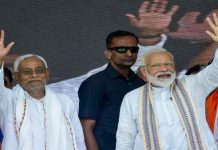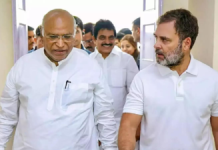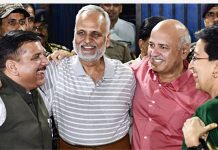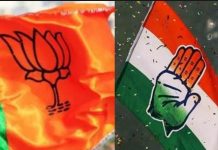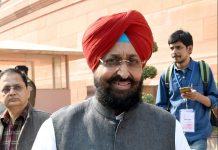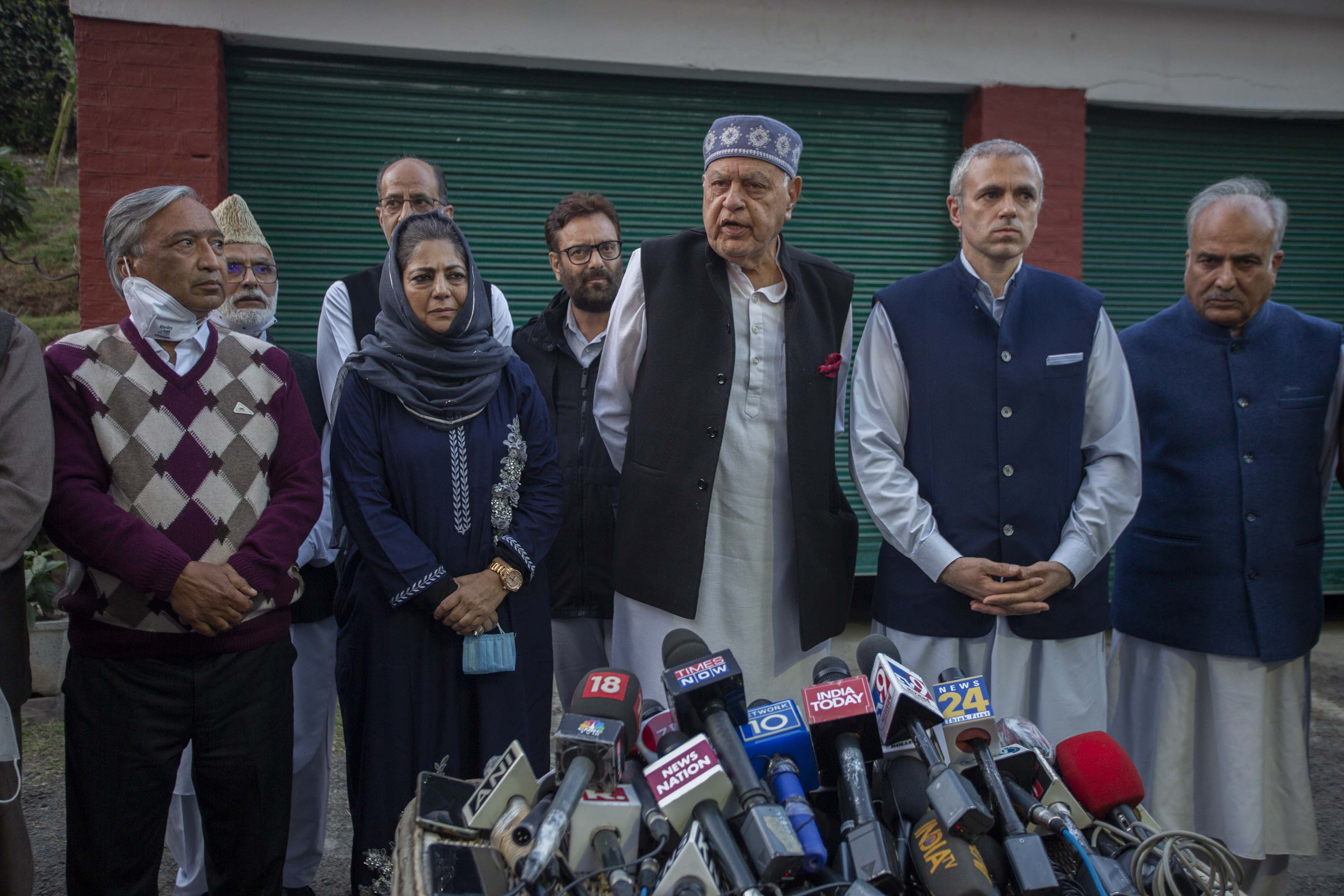
Both the NC and the PDP, heavyweights among the 4-party alliance of PAGD, have hinted at their intention to contest the impending elections together. The decks for Assembly polls were cleared after the Delimitation Commission submitted its final report recently, writes Riyaz Wani
The People’s Alliance for Gupkar Declaration (PAGD) has indicated that it will contest the future Assembly elections jointly. Although the alliance includes four parties – the National Conference, the PDP, Communist Party, and Awami National Conference – the first two parties have the largest support bases giving the alliance a shot at emerging as a majority.
Speaking to the media recently in his personal capacity, former J&K Chief Minister and the NC working president Omar Abdullah made a case for the PAGD fighting elections together to keep the BJP and what he called its “B and C parties” away from grabbing power.
Later, the PDP leader Mehbooba Mufti expressed a similar sentiment. “When you look at the larger picture, larger interests of the state we need to do whatever is to be done, whatever is required, to stand up to the onslaught by the BJP government against Jammu and Kashmir,” Mufti said. “We need to stay together, whether during elections or otherwise.”
However, the parties have yet to formally make an announcement. And they may not do it before the polls are announced in the weeks or months ahead. The decks for Assembly elections have already been cleared after the Delimitation Commission submitted its final report about the increase in the number of Assembly seats and the redrawing of electoral constituencies.
Though it may appear logical for the alliance to decide to contest jointly, their experience to do this during the District Development Council polls doesn’t inspire much confidence. The parties squabbled with one another over seat-sharing and later also fielded proxy candidates against each other. Though the PAGD managed to win a majority of seats in the DDC elections, it left a bad taste in the mouth among the partners. Soon after the elections were over, the People’s Conference led by Sajjad Gani Lone quit the PAGD citing the issue of proxy candidates. Or so he claimed. Lone has since gone about strengthening his party in the north.
However, other partners have stuck together. But among the four of them, National Conference and the PDP are the main parties which have alternatively ruled Kashmir. So, it is their performance in the polls that would matter.
As for Lone, his party has benefited from the influx of leaders from the People’s Democratic Party. In theory, the influx of the leaders from the PDP and also from the National Conference has set the People’s Conference up as a stronger Kashmir-based party. And should Lone succeed in rallying North Kashmir around his party, it would transform the electoral landscape of the Valley. This would split up Kashmir among the three parties: the National Conference (NC), the PDP and the PC. That is, if we discount the chances of Apni Party led by Altaf Bukhari, founded in 2020, which boasts of some leaders, most of them drawn from the PDP, who command some support in their respective constituencies.
The PDP has traditionally been dominant in South Kashmir and the National Conference in central Kashmir with Srinagar city as its core base. And now the north where both the NC and the PDP won their seats is witnessing the emergence of the People’s Conference as a major player. Whether this new political reality also manifests in the seat tallies of these parties in the future assembly election remains to be seen.
But the PAGD since it openly calls for restoration of Article 370 can be expected to have an edge in the elections. As for the PC and the Apni Party, they are seen to be conveniently subdued in making the same demand. But the two parties can hardly be underestimated, more so, the PC which is an old party and boasts of a committed support base in parts of North Kashmir.

